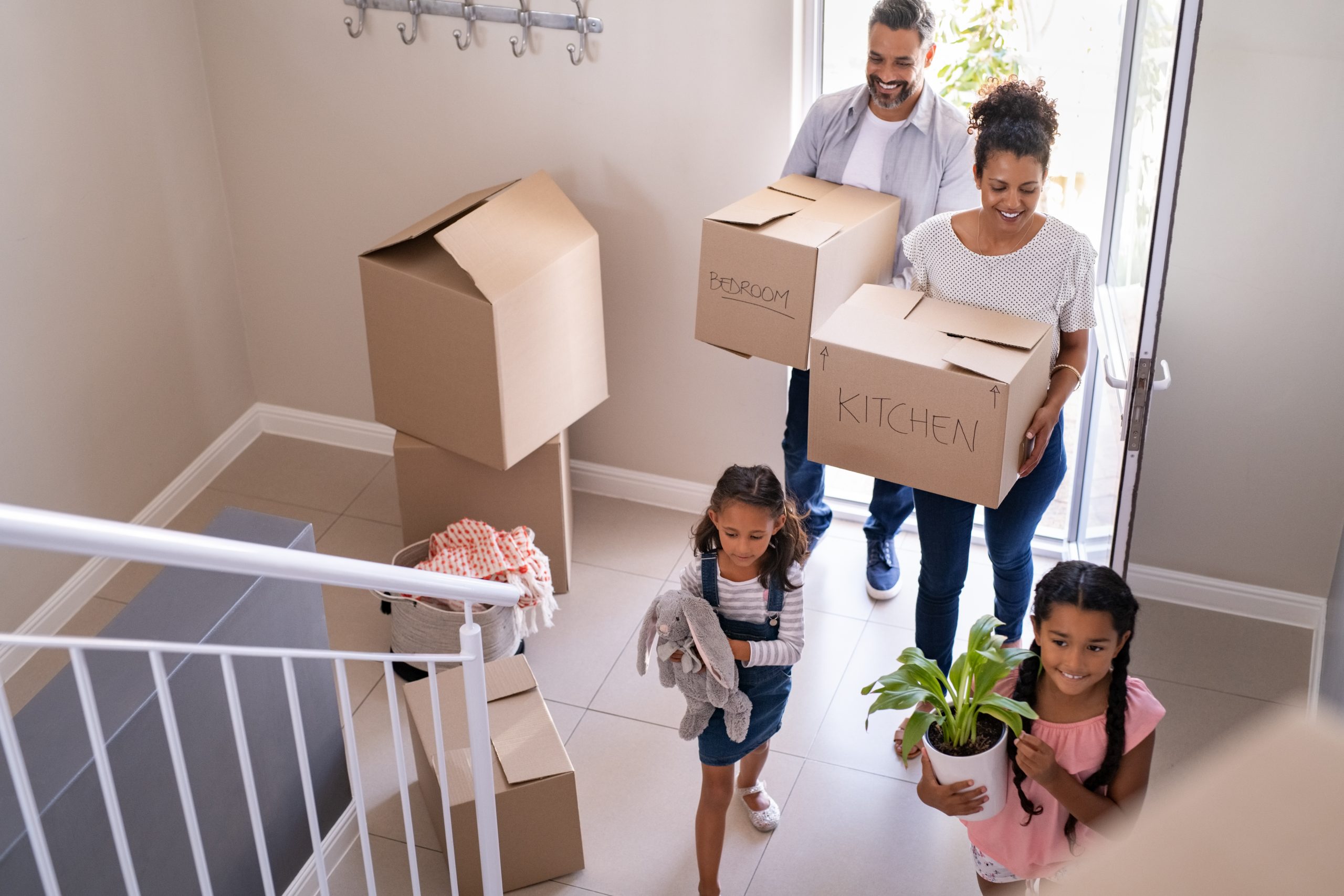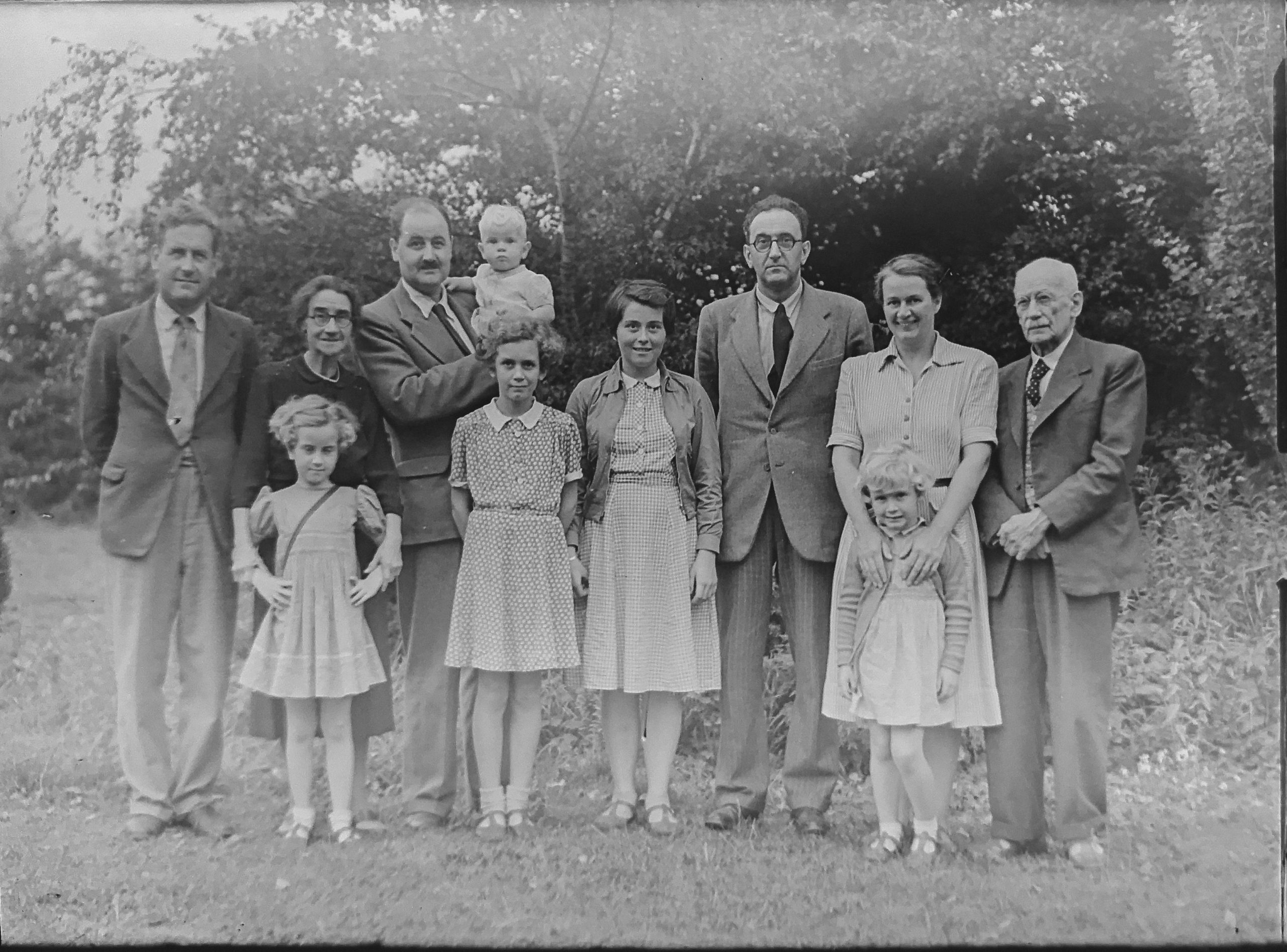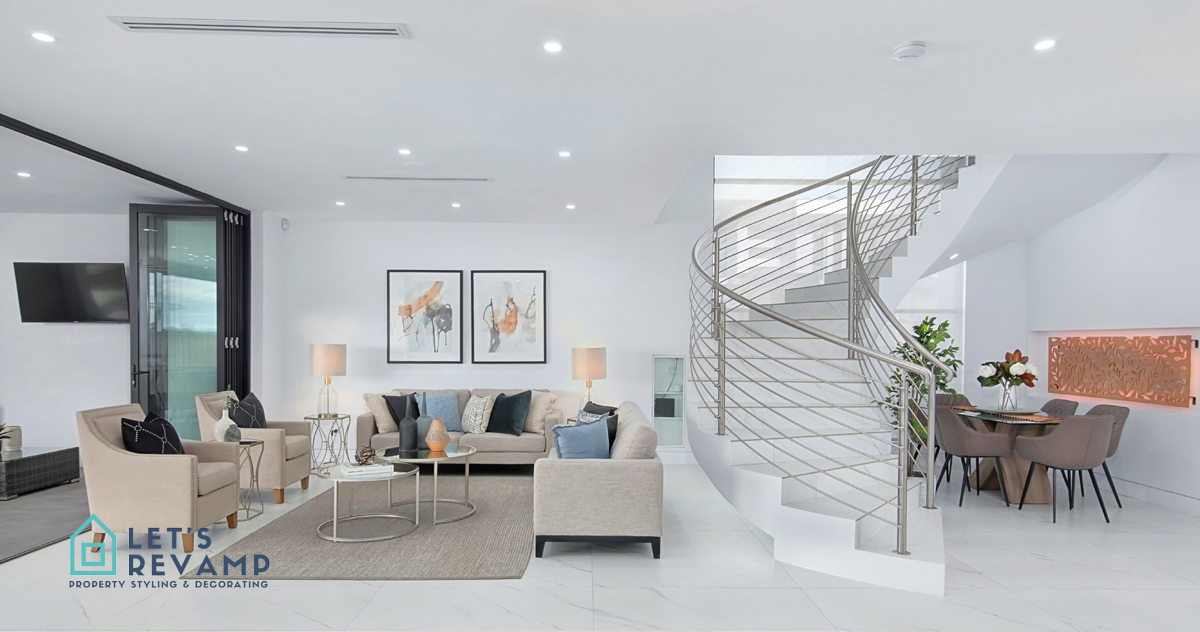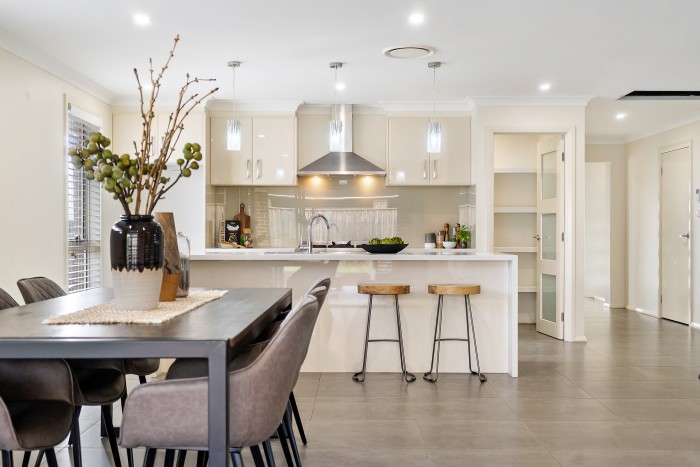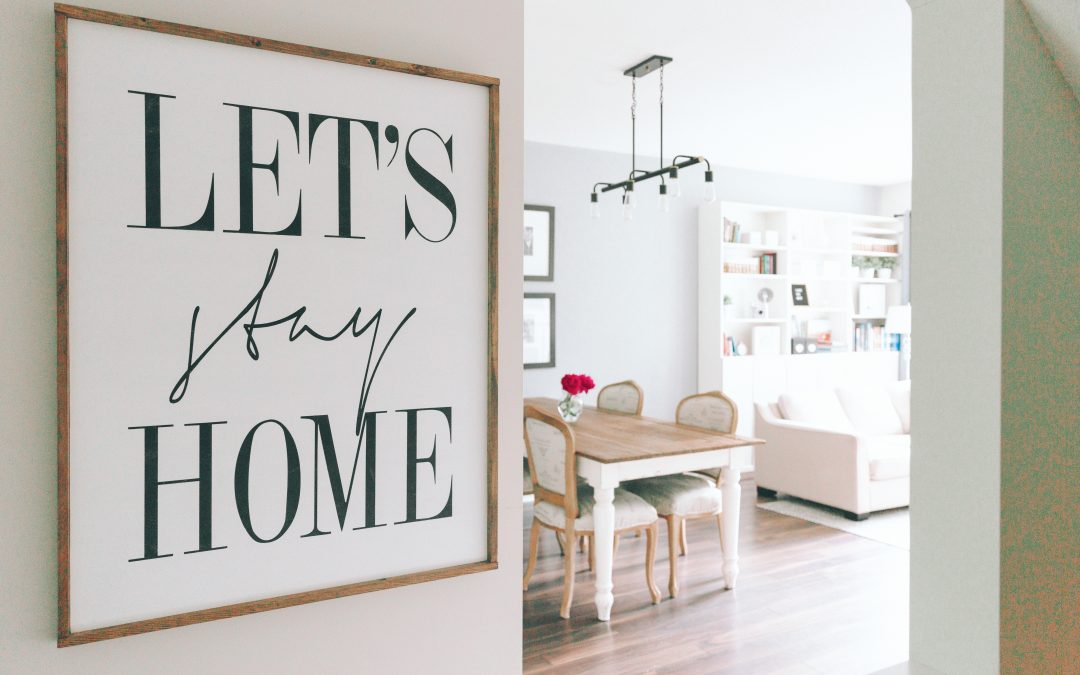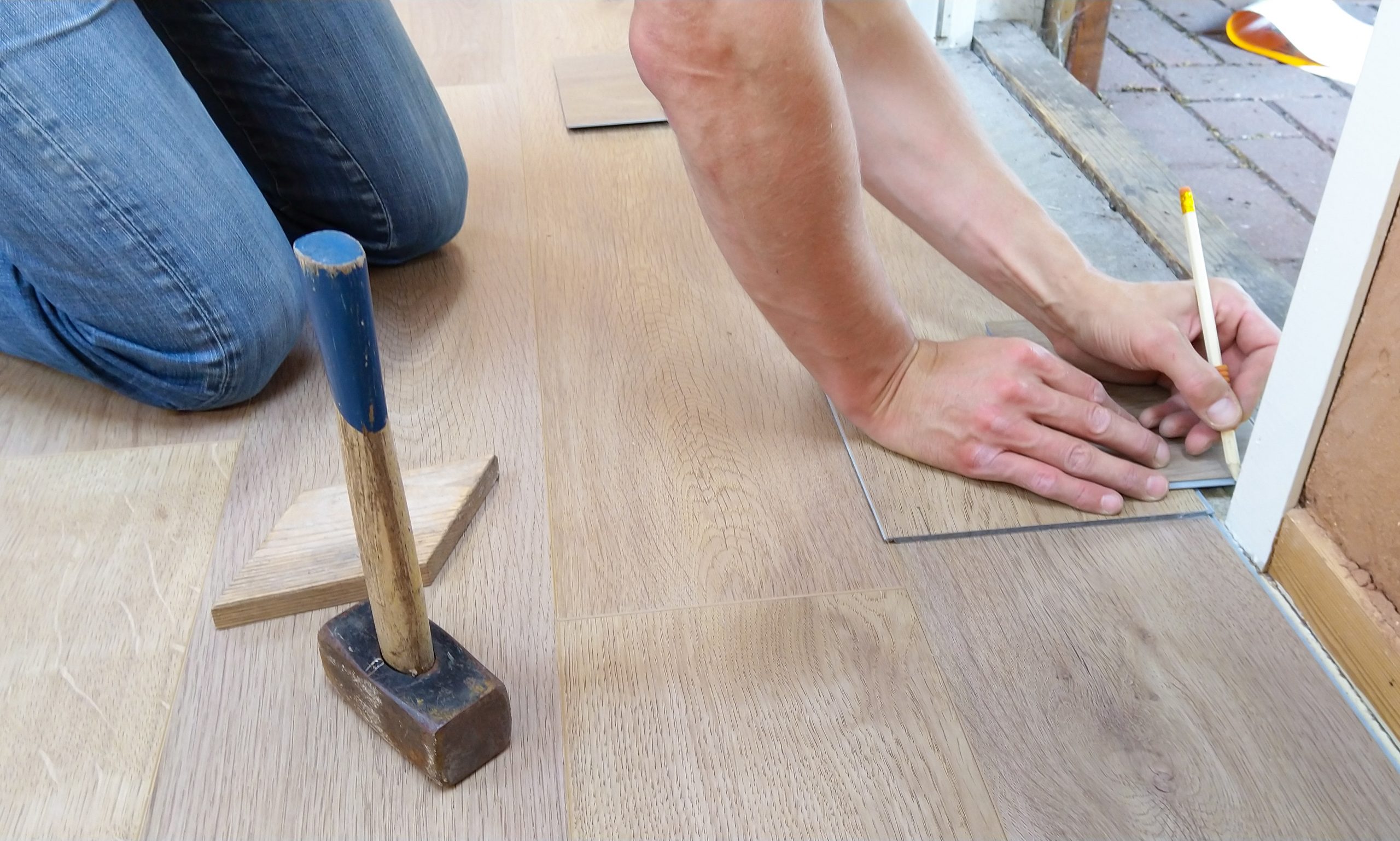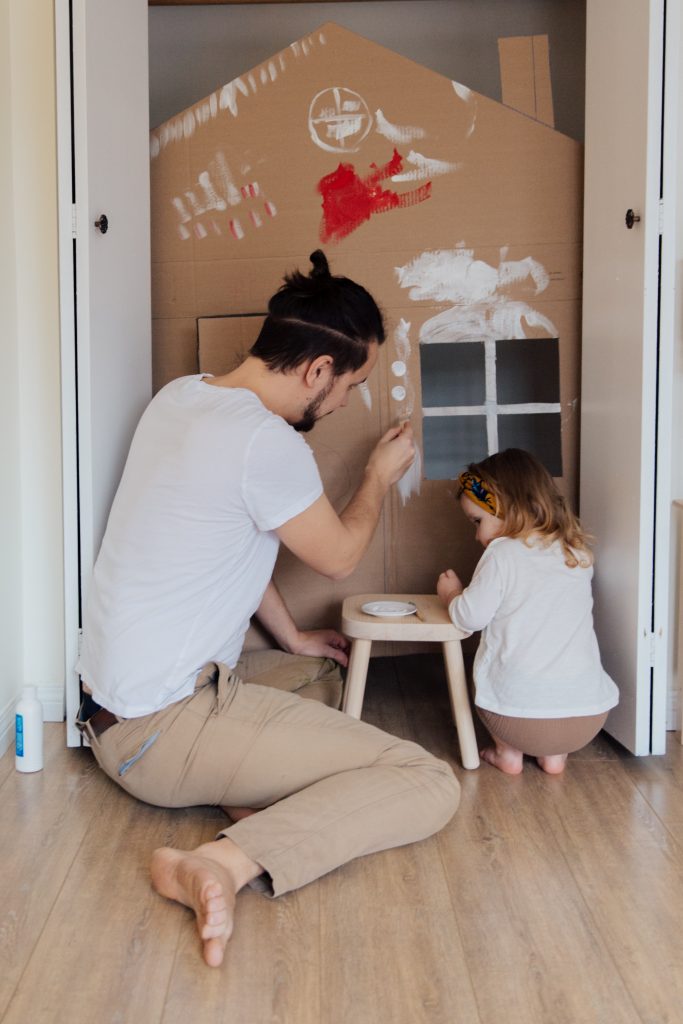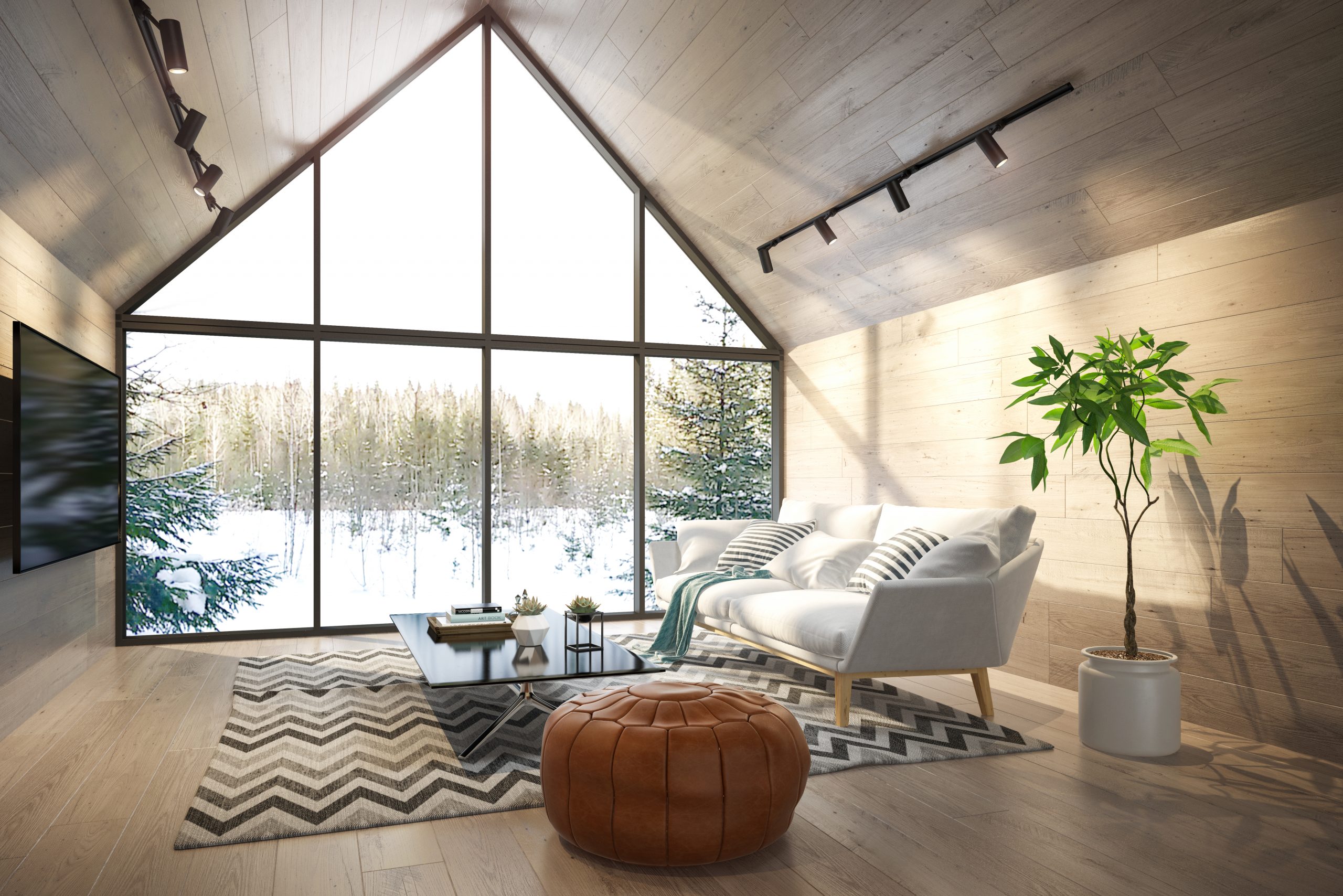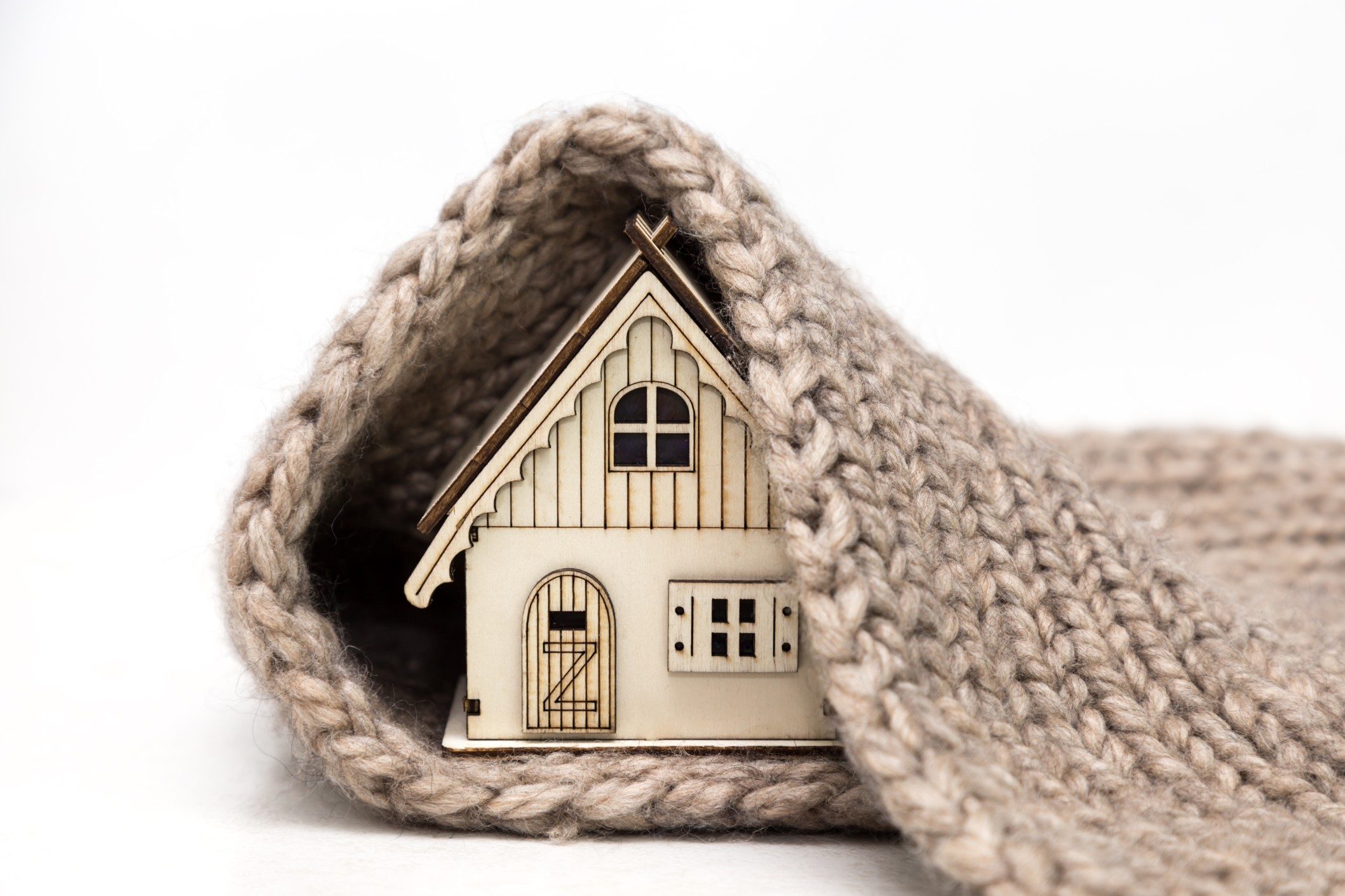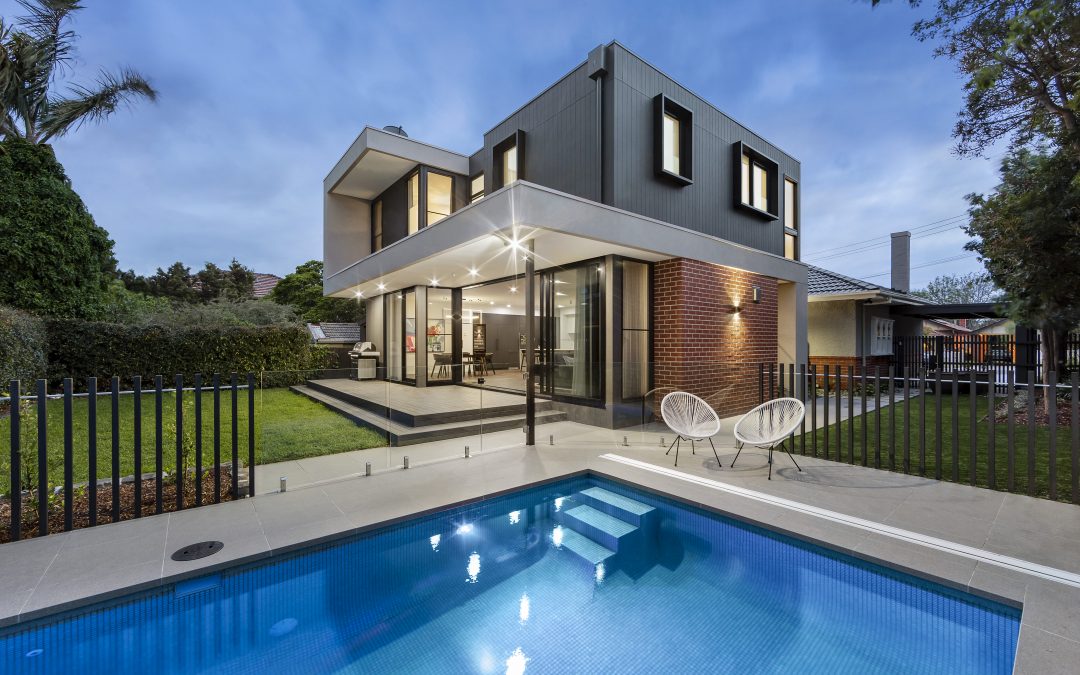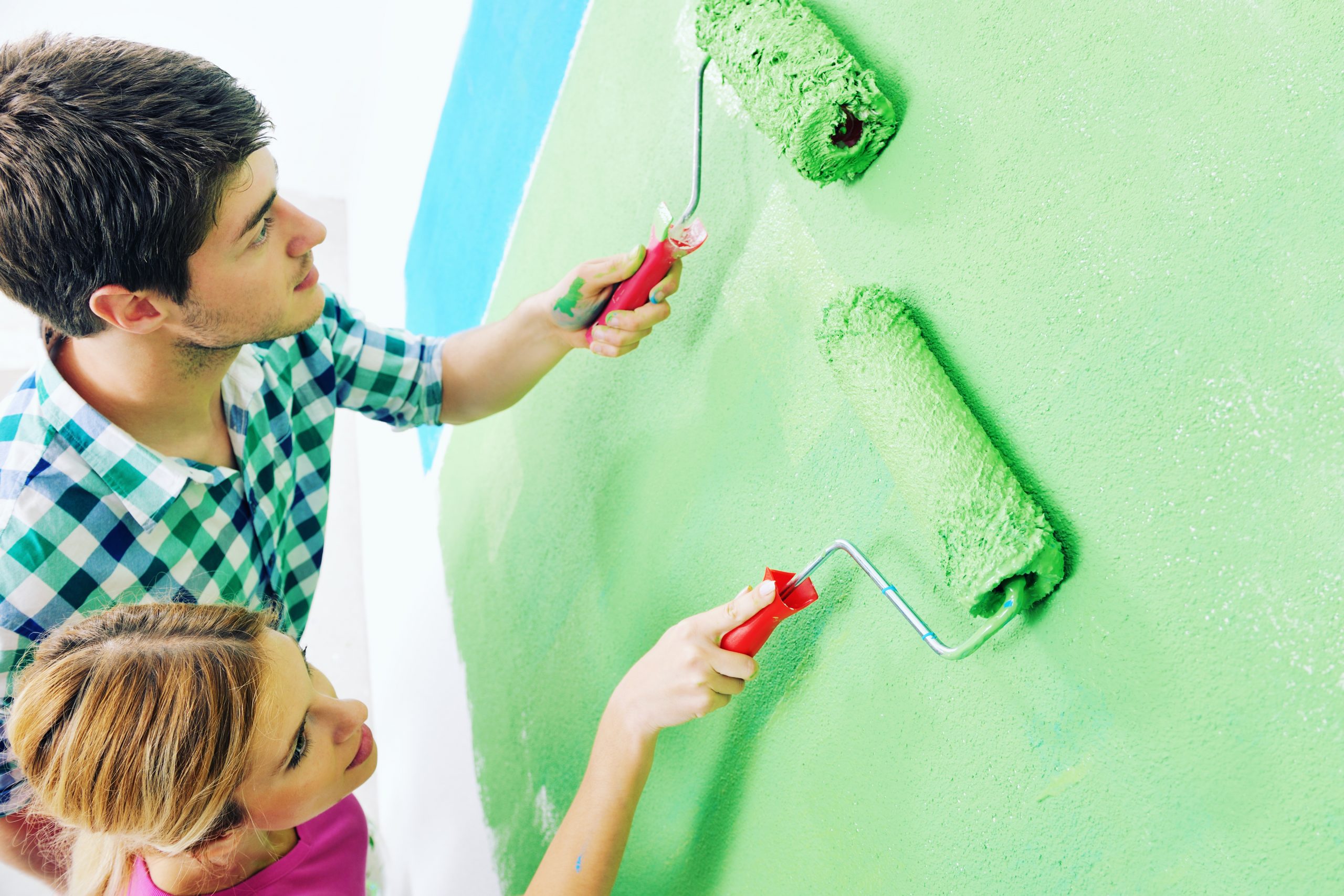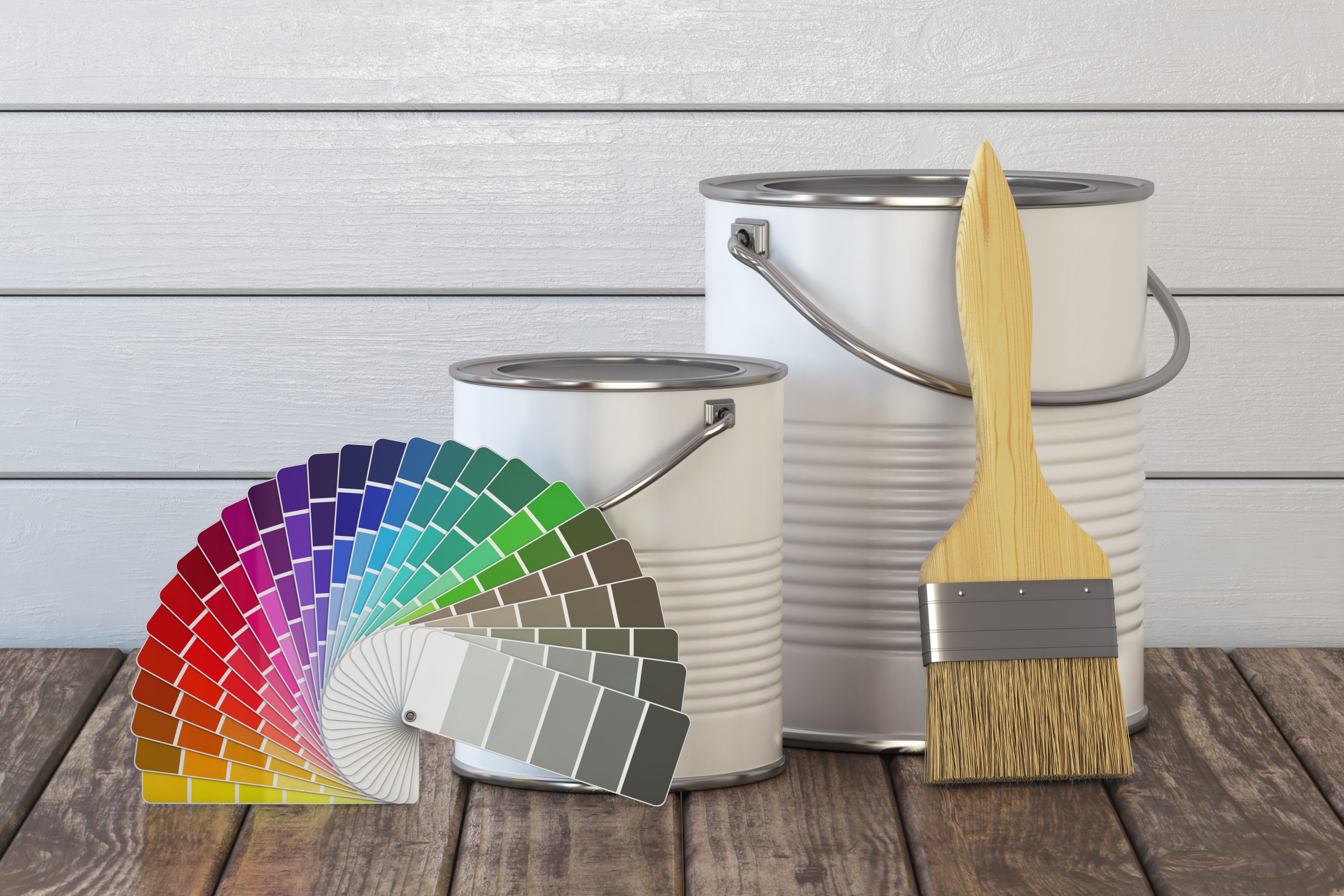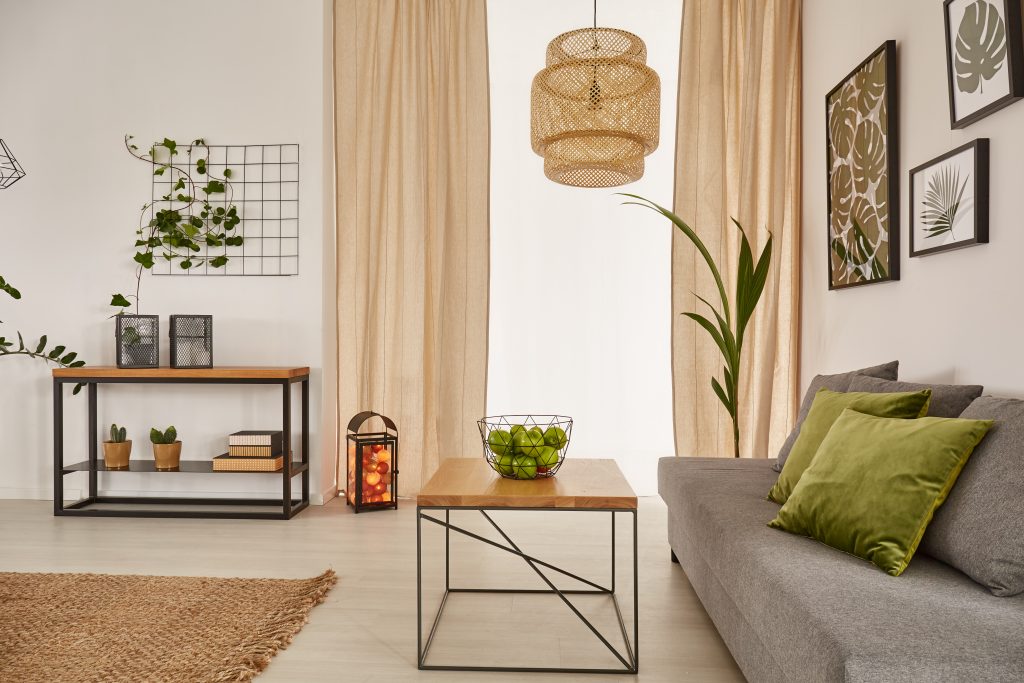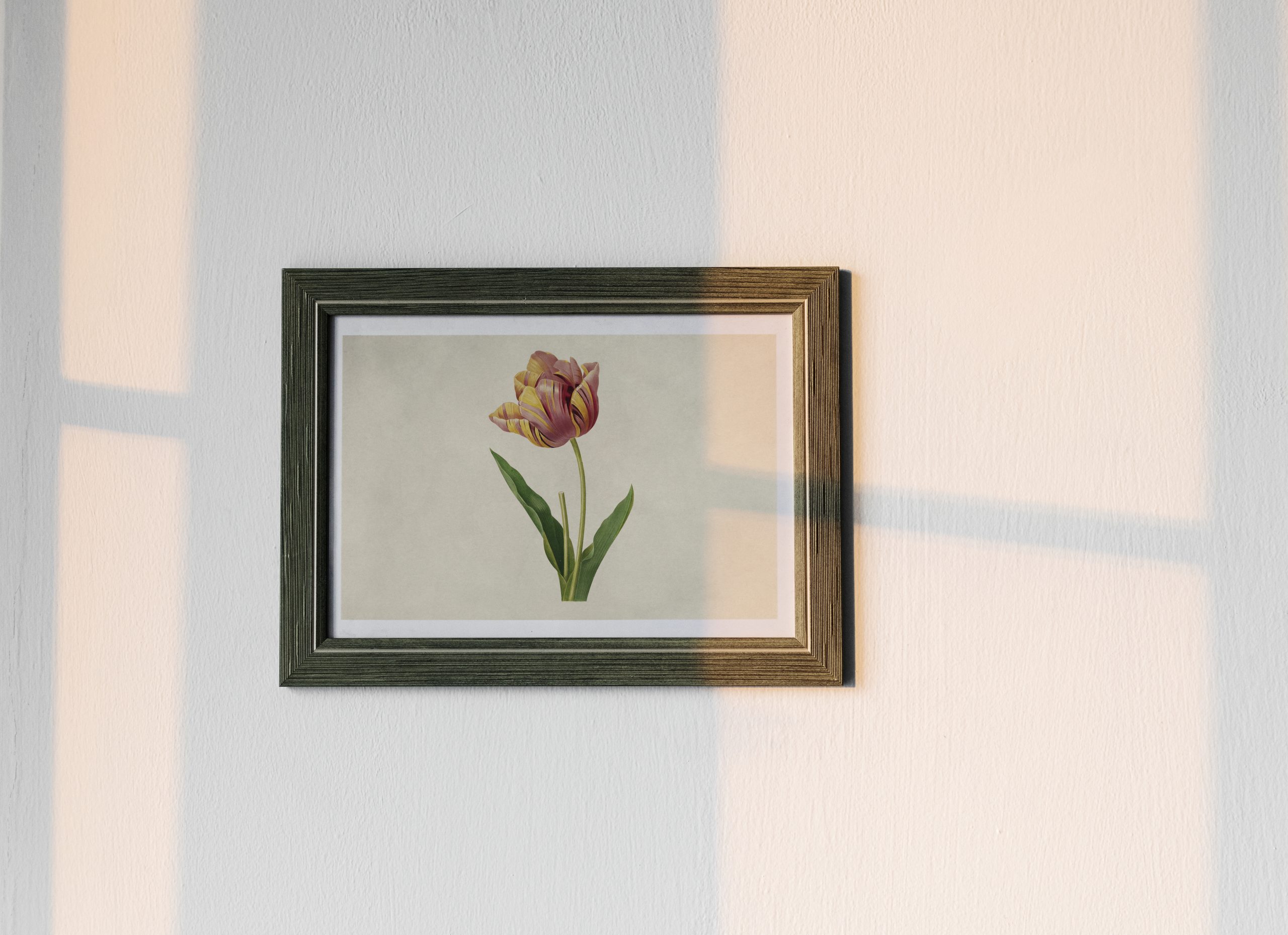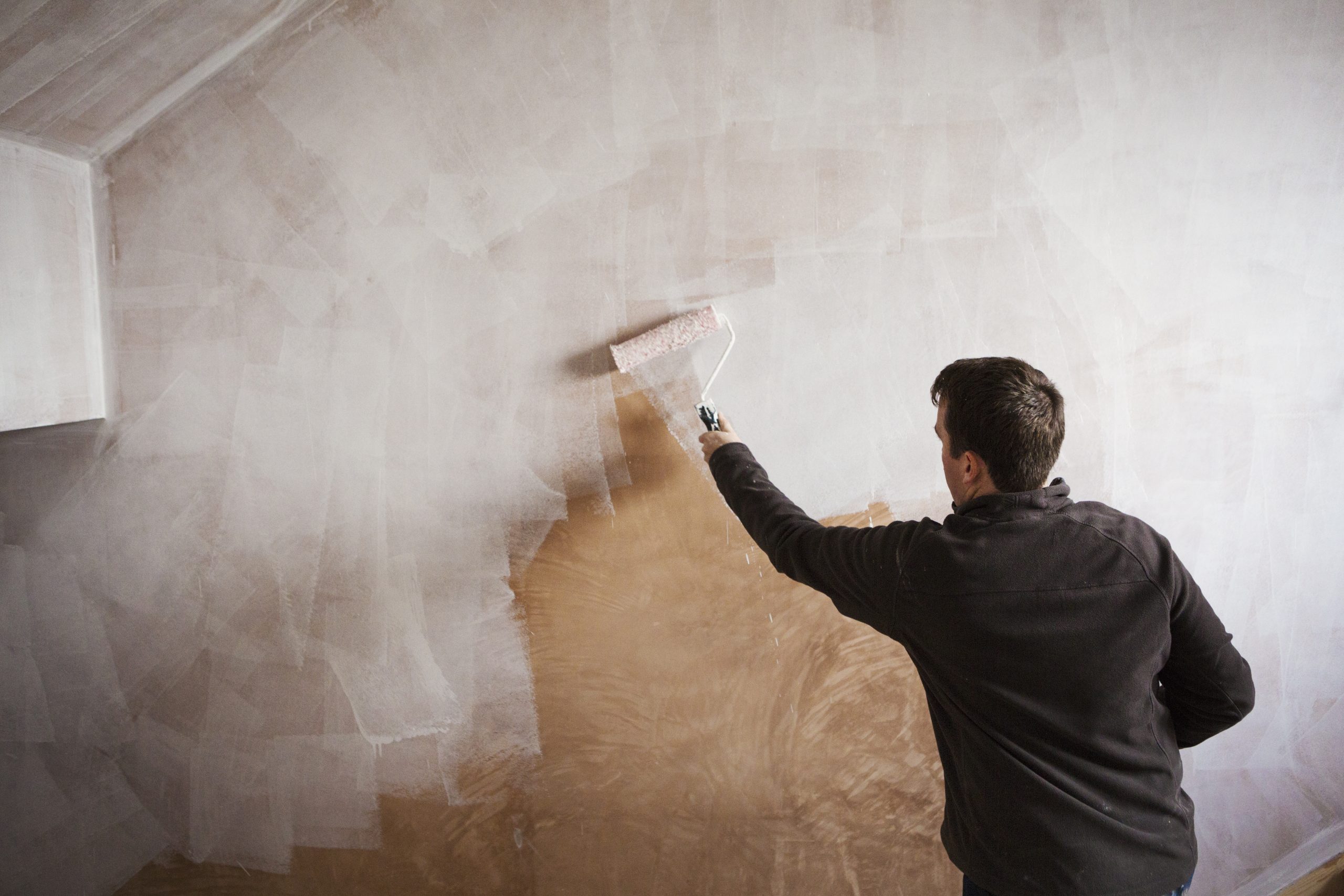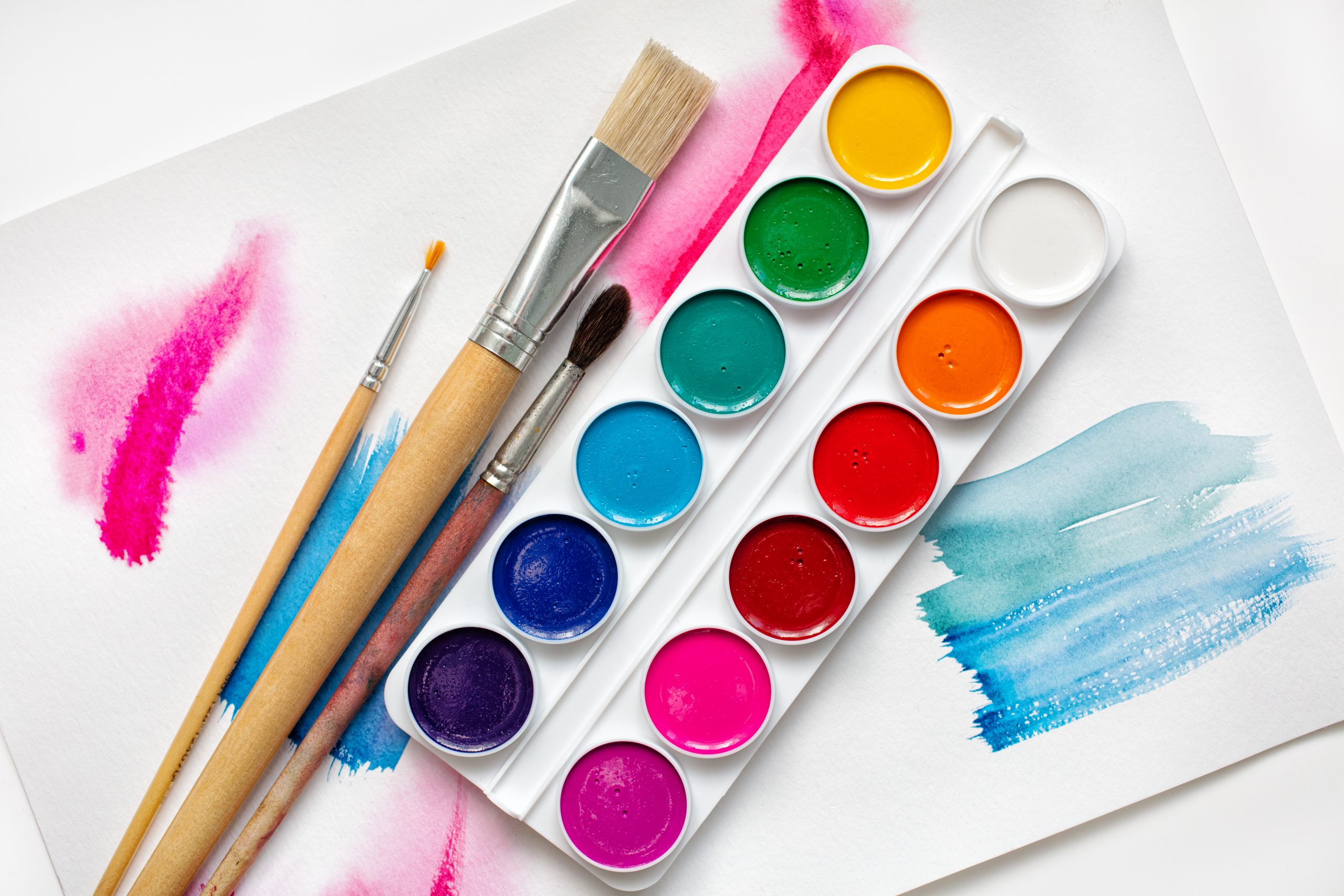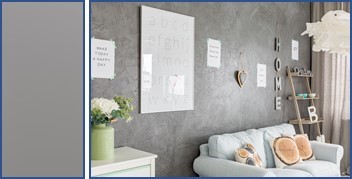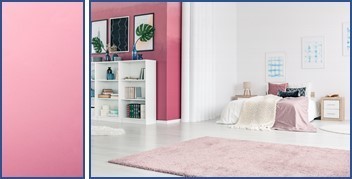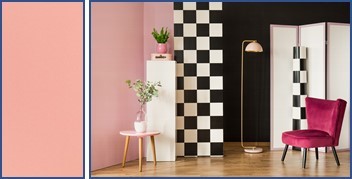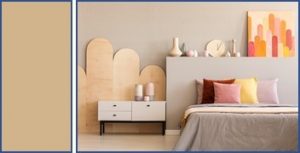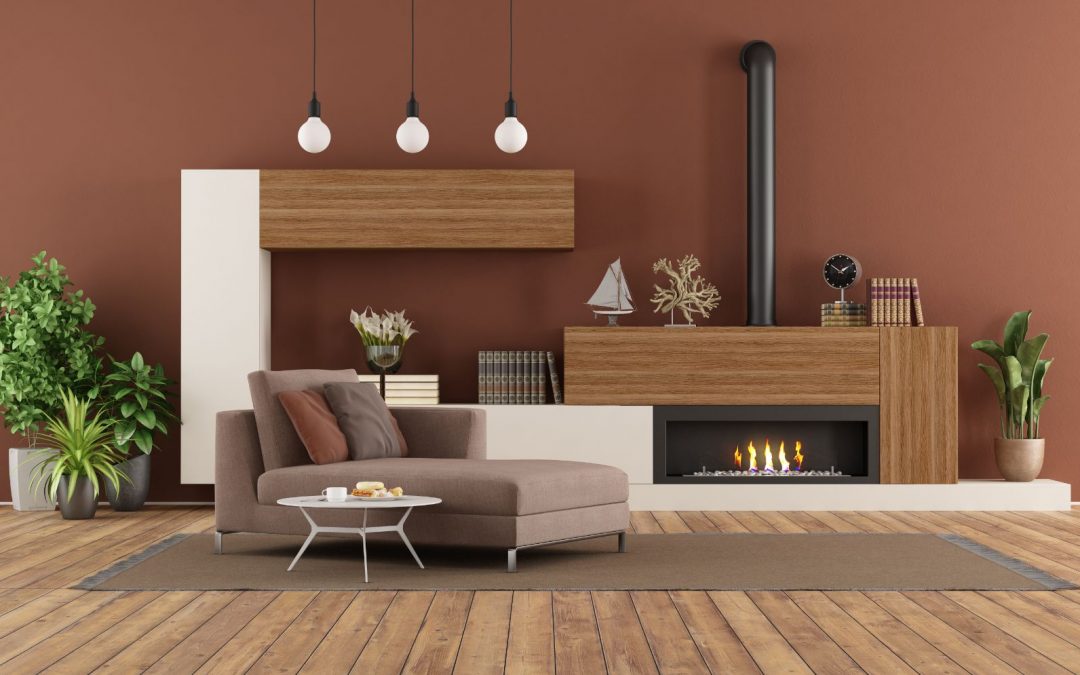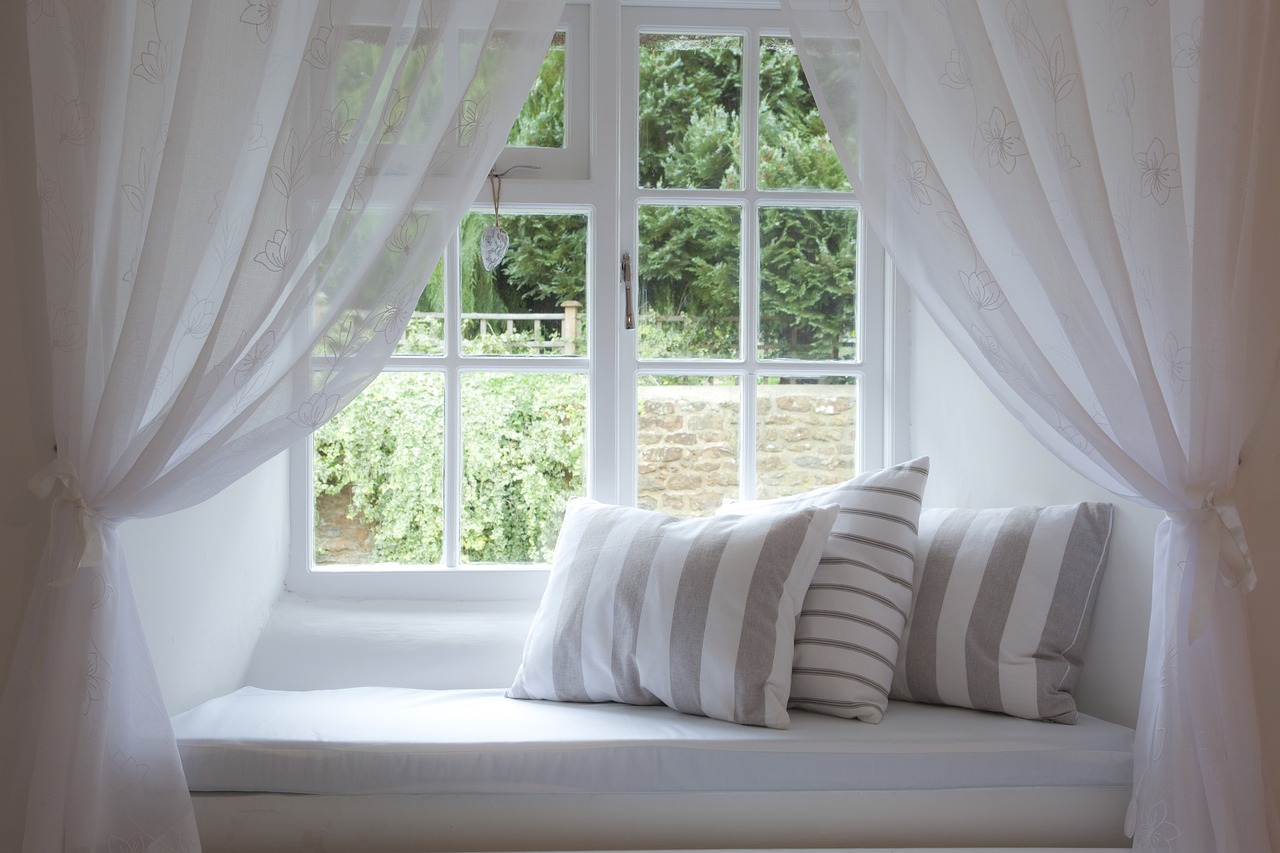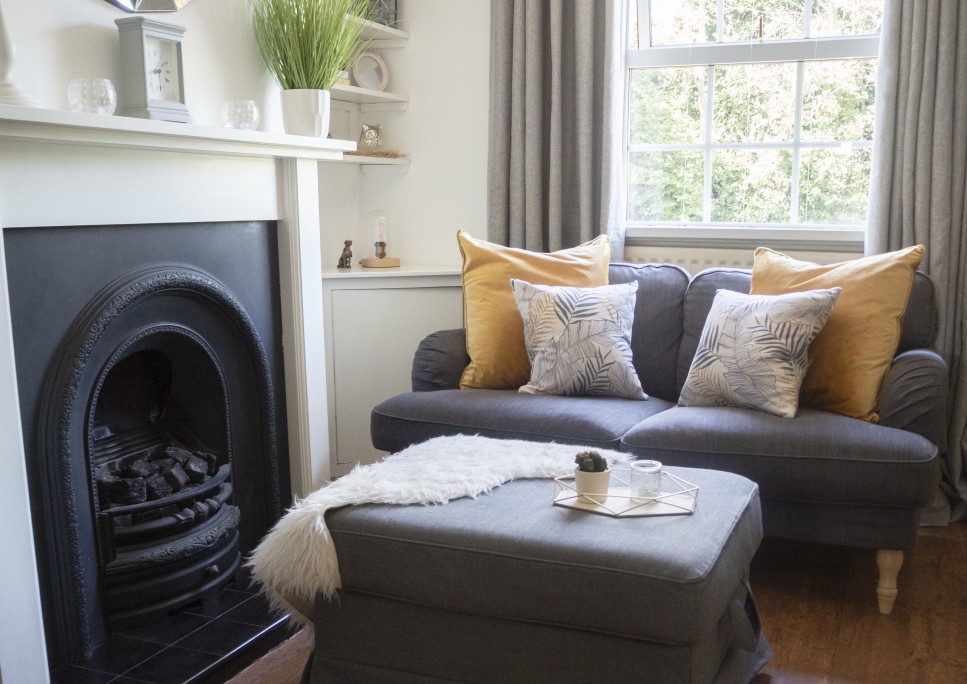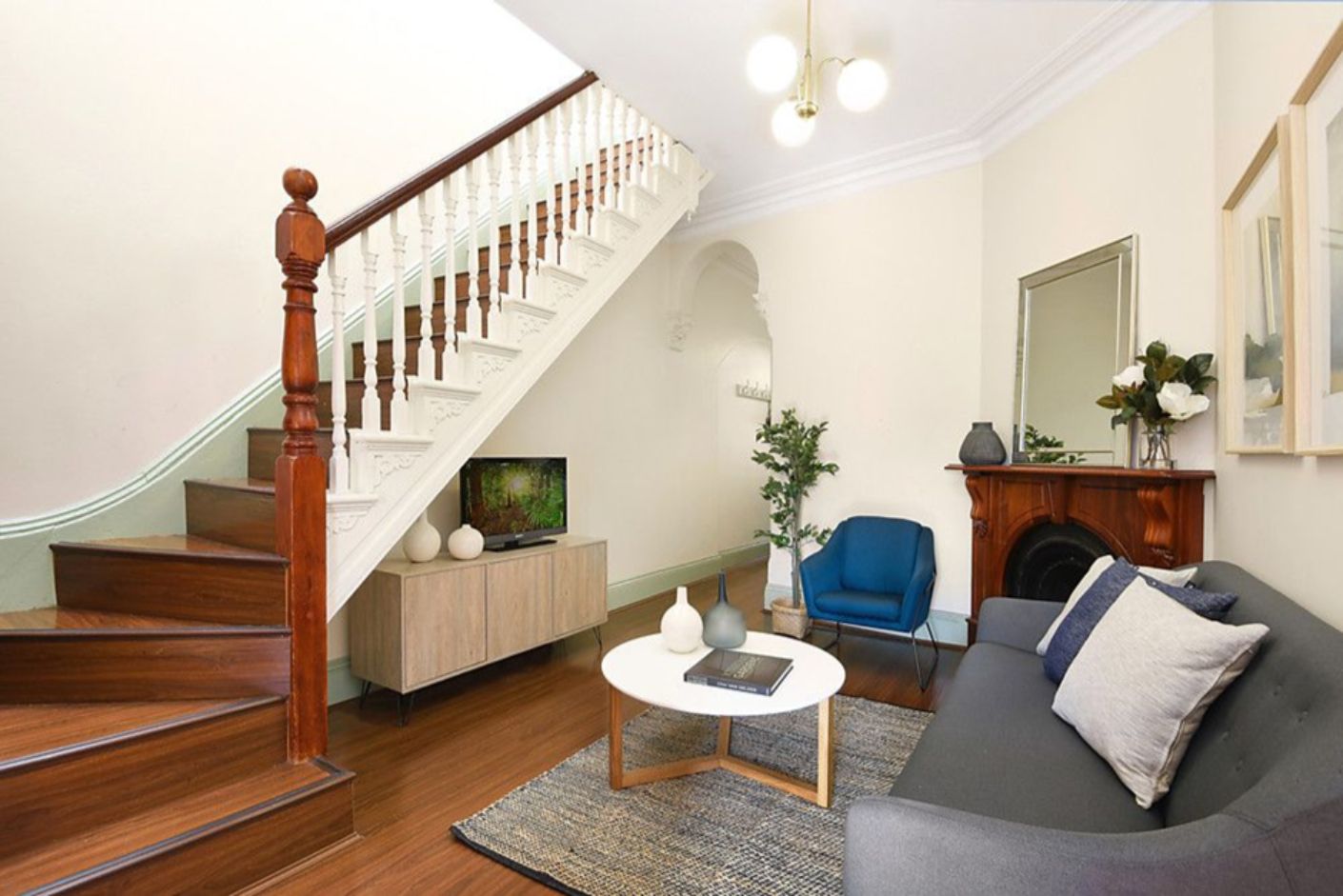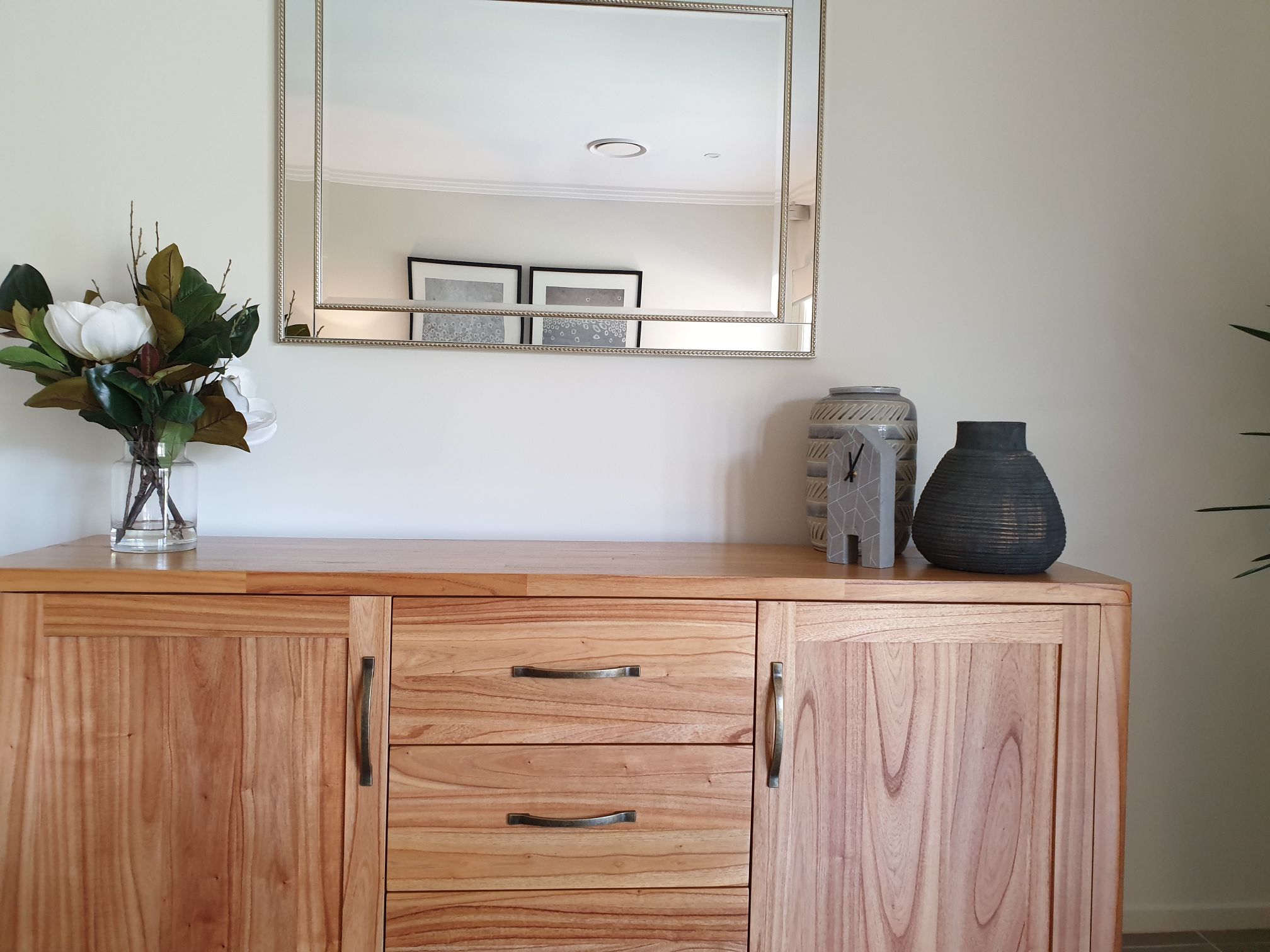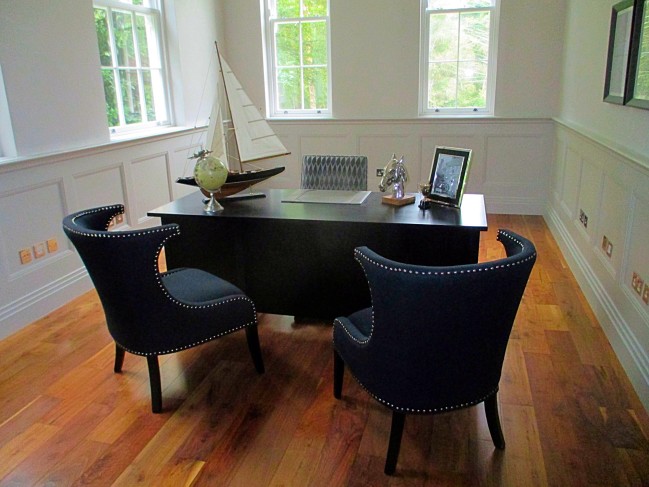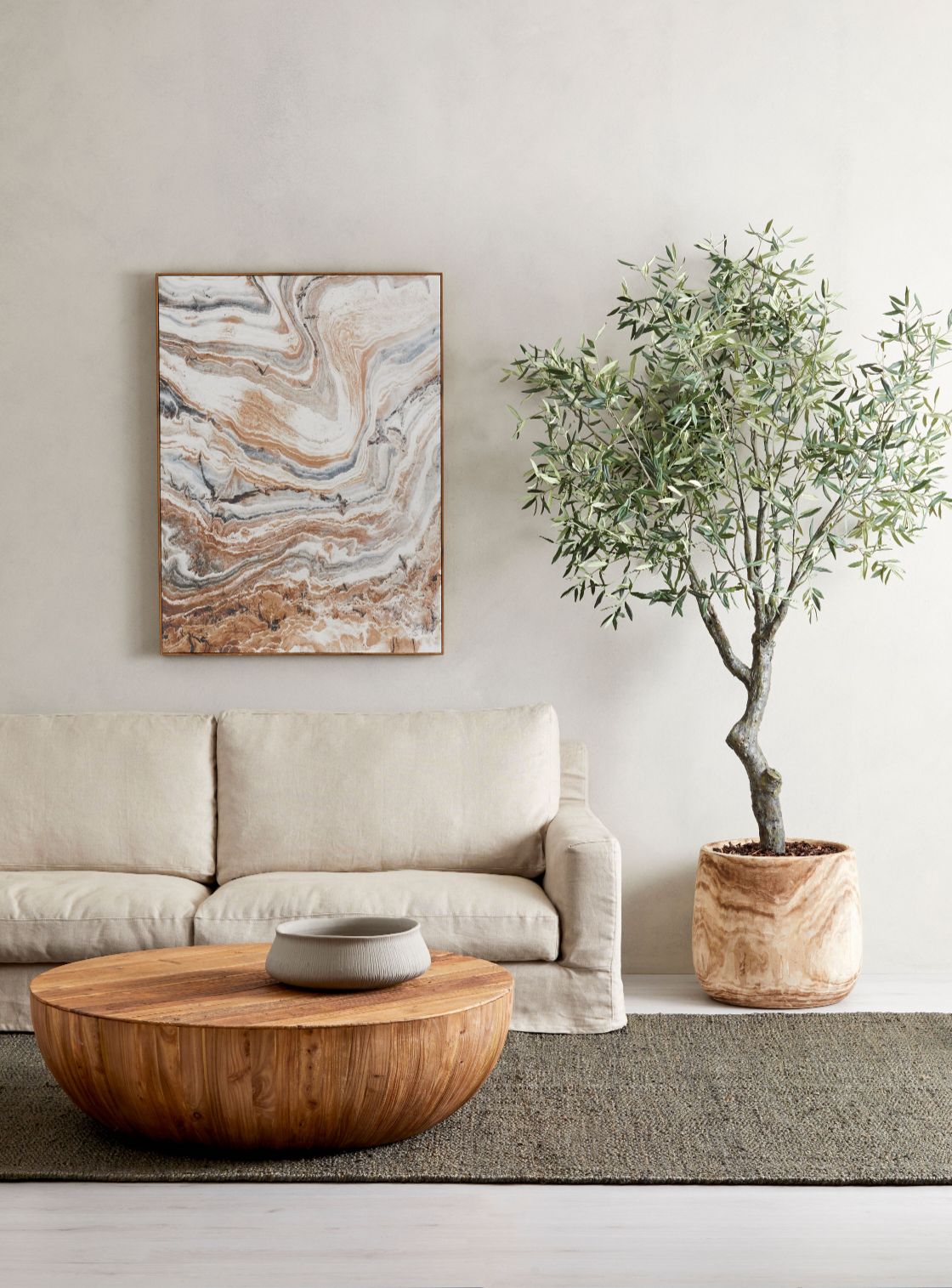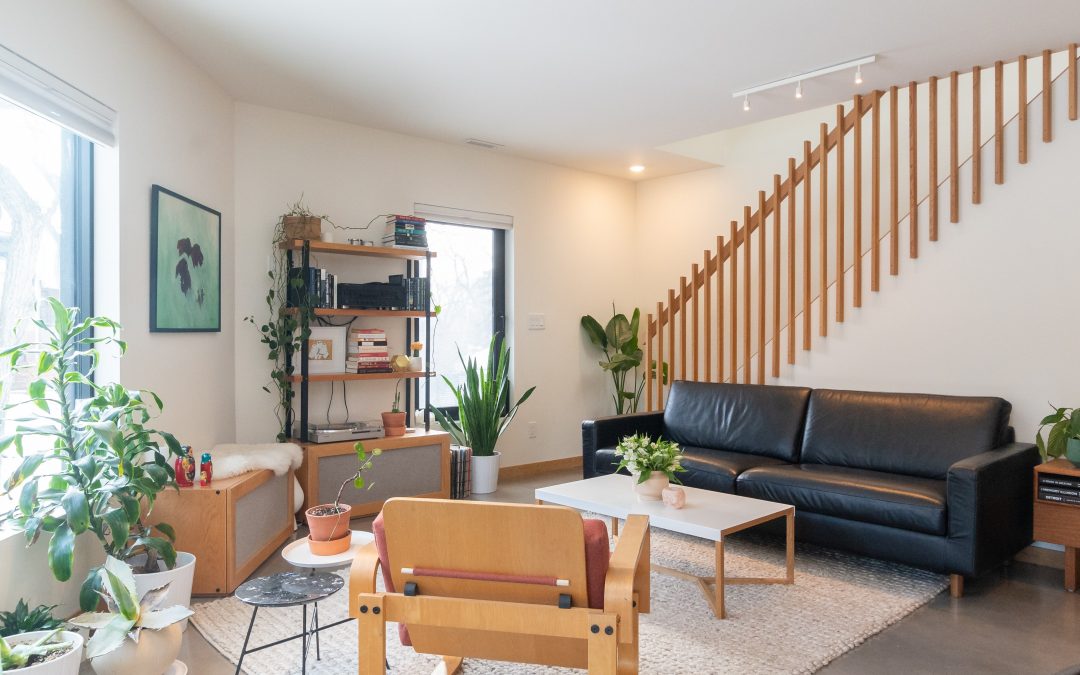
Why Buyers Find It Easier To Visualise Property As Their Future Home When It Is Staged?
WHY DO BUYERS FIND IT EASIER TO VISUALISE A PROPERTY AS THEIR FUTURE HOME WHEN IT IS STAGED?
Over 81% of buyers find it “easier to visualise the property as their future home” when it is staged.
So why do Buyers find it easier to visualise a property as their future home when it is staged?
Simply because we are visual and emotional human beings.
Emotions propel us and play an important role when it comes to decision making.
Our emotions and senses are tightly intertwined, and we experience the world through our senses.
So, when it comes to selling your property you want to present a lifestyle that would be appealing to the emotions and senses of potential buyers. A good example of this would be yourself. Can you remember what triggered your interest when purchasing your current home, or the new one you are now buying?
Flush the Toilet and Put the Lid Down
Homeowners often decide to prepare their homes for sale themselves. Is this a good option, and can it be done? Yes, most certainly it can with a little help and advice from experienced Property Stylists.
Getting a Property Stylist involved in invaluable, simply because they are in the know and know exactly which boxes are to be “ticked” to help buyers visualise a property as their future home.
Homeowners can overlook the simplest of things which could be detrimental to the overall presentation and a probable sale. The visual presentation is so important that an unflushed and up toilet seat can deter a potential buyer.
Declutter
Declutter is an all-important step and cannot be skipped. The buyer though an emotional being has no connection with your family photos and award-winning trophies. These need to be removed. What he wants to “see” is where he could hang up his family portraits and award-winning trophies.
Decluttering is as much a process as it is preparing the house for sale. For the seller, this can be an emotional time too – having to let go and being overwhelmed by the task. Again, a Property Stylist can be of great worth and support during this exercise.
Less is Best
Remember the question at the beginning – “Why do Buyers find it easier to visualise a property as their future home when it is staged?” – because they can then “see” themselves living there.
For more information and assistance on preparing your property for sale, whether you want DIY, or prefer us to do it for you please contact our Property Stylists for an appointment.


